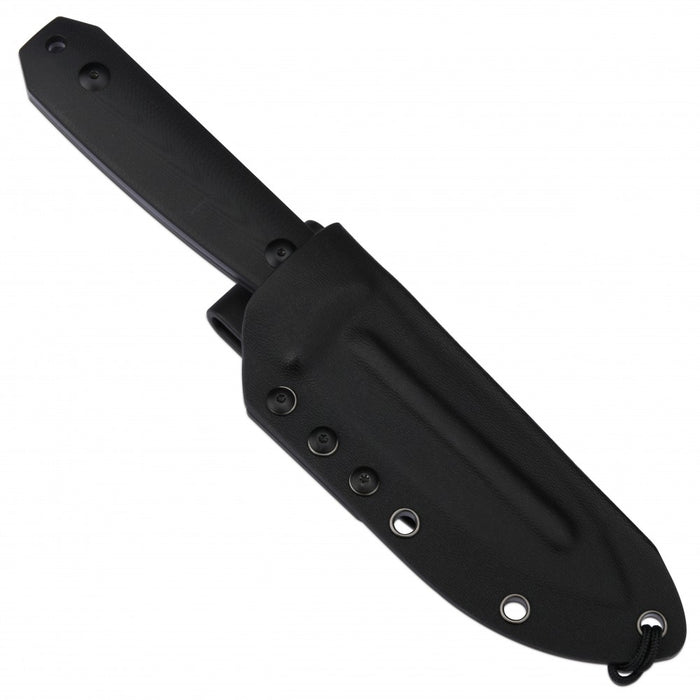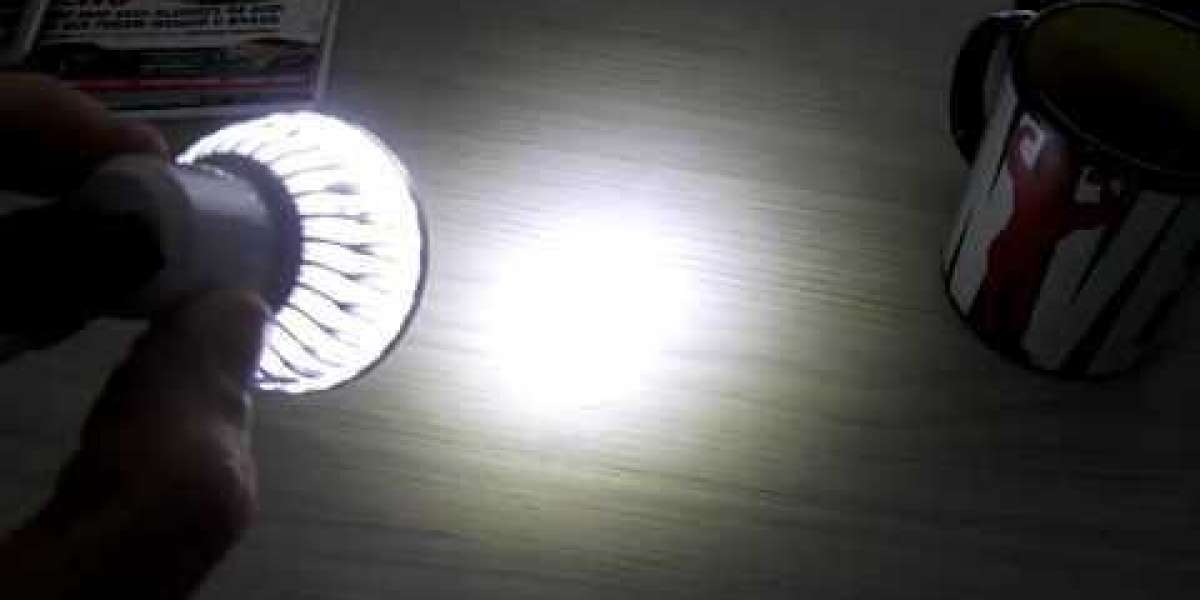When it comes to owning a fixed blade knife, proper maintenance and sharpening are essential to ensure its longevity and optimal performance. Whether you are an outdoor enthusiast, a survivalist, or a professional, understanding the techniques and tools required to maintain and sharpen your fixed blade knife like a pro is crucial. In this article, we will explore the best practices and tips to keep your knife in top shape.

Understanding the Anatomy of a Fixed Blade Knife
Before diving into the maintenance and sharpening process, it is important to familiarize yourself with the different parts of a fixed blade knife. This knowledge will help you better understand how to care for each component and ensure its longevity. The main parts of a fixed blade knife include the blade, handle, tang, and sheath.
Cleaning and Lubricating Your Fixed Blade Knife
Regular cleaning is essential to remove dirt, debris, and moisture that can cause corrosion and damage to your knife. To clean your fixed blade knife, start by rinsing it with warm water and mild soap. Use a soft brush or cloth to gently scrub away any dirt or residue. Make sure to dry the knife thoroughly before storing it to prevent moisture buildup.
After cleaning, it is important to lubricate your knife to prevent rust and ensure smooth operation. Apply a few drops of oil to the blade, pivot points, and any other moving parts. Use a high-quality lubricant specifically designed for knives to ensure optimal performance.
Sharpening Your Fixed Blade Knife
Sharpening a fixed blade knife is a skill that requires practice and the right tools. There are various methods and tools available, including sharpening stones, honing rods, and guided sharpening systems. The key is to find a method that works best for you and allows you to achieve a razor-sharp edge.
One popular method is using sharpening stones. Start by selecting a stone with the appropriate grit for your knife. Coarse grit stones are used for repairing damaged or dull edges, while fine grit stones are used for refining and polishing the edge. Hold the stone firmly and maintain a consistent angle as you slide the blade across the stone in a controlled motion. Repeat this process on both sides of the blade until you achieve the desired sharpness.
Storing Your Fixed Blade Knife
Proper storage is crucial to protect your fixed blade knife and prevent accidents. Avoid storing your knife in a damp or humid environment, as this can lead to rust and corrosion. Instead, choose a dry and well-ventilated area. Consider using a knife sheath or blade cover to protect the blade from scratches and accidental cuts. Additionally, store your knife in a secure location to prevent unauthorized access and ensure safety.
By following these maintenance and sharpening techniques, you can keep your fixed blade knife in excellent condition for years to come. Remember to regularly clean, lubricate, and sharpen your knife to maintain its performance and longevity. With proper care, your fixed blade knife will always be ready for any task or adventure that comes your way.








